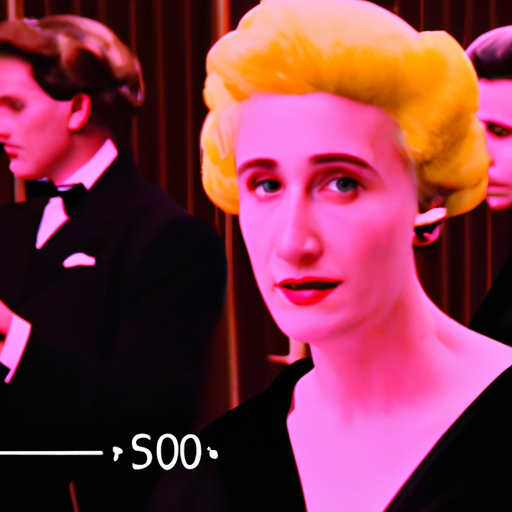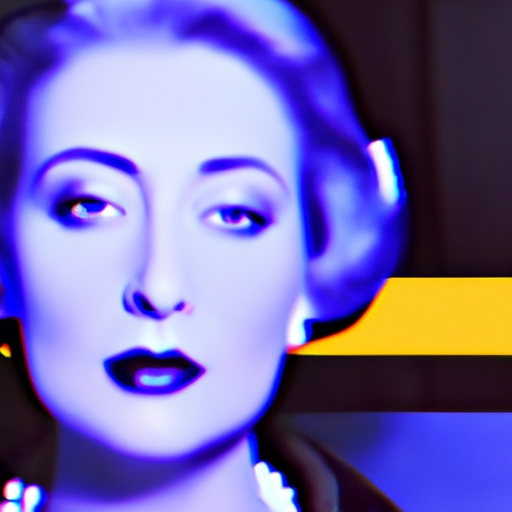
-
Table of Contents
Art and Design in the Roaring Twenties

The Roaring Twenties, also known as the Jazz Age, was a period of cultural and artistic revolution that took place in the United States and Europe during the 1920s. This era was characterized by a sense of liberation and a desire to break free from the constraints of the past. Art and design played a significant role in reflecting and shaping the spirit of the time. In this article, we will explore the key trends, movements, and influential figures that defined art and design in the Roaring Twenties.
The Influence of Technology and Industry
One of the defining features of the Roaring Twenties was the rapid advancement of technology and the rise of industrialization. This had a profound impact on art and design, as artists and designers embraced the new possibilities offered by machines and mass production.
One notable example of this influence is the Art Deco movement. Art Deco was characterized by its sleek, geometric forms and luxurious materials. It drew inspiration from the streamlined shapes of automobiles, airplanes, and skyscrapers, reflecting the modernity and progress of the era. The Chrysler Building in New York City is a prime example of Art Deco architecture, with its bold, vertical lines and intricate ornamentation.
The Roaring Twenties and the Avant-Garde
The Roaring Twenties was also a time of experimentation and innovation in the arts. The avant-garde movements that emerged during this period challenged traditional artistic conventions and pushed the boundaries of what was considered acceptable.
One such movement was Dadaism. Dada artists rejected rationality and embraced chaos and absurdity. They used unconventional materials and techniques to create artworks that defied traditional notions of beauty and meaning. Marcel Duchamp’s “Fountain,” a urinal turned artwork, is a famous example of Dadaist provocation.
Another influential movement of the time was Surrealism. Surrealist artists sought to explore the realm of the unconscious and the irrational. They created dreamlike and fantastical images that challenged the viewer’s perception of reality. Salvador Dalí’s melting clocks in “The Persistence of Memory” are iconic symbols of Surrealism.
The Rise of Modernism
The Roaring Twenties also witnessed the rise of Modernism, a movement that rejected traditional forms and embraced new ways of thinking and creating. Modernist artists and designers sought to capture the essence of the modern world and express it through their work.
One of the most influential figures of this period was Piet Mondrian. Mondrian’s abstract paintings, characterized by their use of primary colors and geometric shapes, sought to distill the essence of reality into its purest form. His work had a profound influence on the development of abstract art and design.
Another important figure in the Modernist movement was Le Corbusier. Le Corbusier was an architect and designer who believed in the power of design to shape society. He advocated for functional and efficient design principles, emphasizing the importance of form following function. His iconic Villa Savoye is a prime example of Modernist architecture, with its clean lines and open spaces.
The Influence of Popular Culture
Popular culture played a significant role in shaping art and design in the Roaring Twenties. The rise of mass media, such as radio, cinema, and magazines, brought new forms of entertainment and inspiration to the masses.
One example of the influence of popular culture is the Art Nouveau movement. Art Nouveau was characterized by its organic forms and decorative motifs inspired by nature. It drew inspiration from popular culture, incorporating elements from advertising, fashion, and graphic design. The work of Alphonse Mucha, with its flowing lines and vibrant colors, exemplifies the Art Nouveau style.
Another example is the influence of Hollywood glamour on fashion and design. The glamorous and extravagant lifestyles of movie stars became aspirational for many people, leading to the popularity of Art Deco-inspired fashion and interior design. The iconic image of flappers, with their bobbed hair, short dresses, and bold makeup, became synonymous with the Roaring Twenties.
Conclusion
The Roaring Twenties was a time of cultural and artistic revolution, with art and design playing a central role in reflecting and shaping the spirit of the era. The influence of technology and industry, the avant-garde movements, the rise of Modernism, and the impact of popular culture all contributed to the vibrant and dynamic artistic landscape of the time.
From the sleek lines of Art Deco to the provocative works of the Dadaists and Surrealists, the Roaring Twenties pushed the boundaries of artistic expression and challenged traditional notions of beauty and meaning. The legacy of this era can still be seen in contemporary art and design, as artists and designers continue to draw inspiration from the spirit of liberation and innovation that defined the Roaring Twenties.
